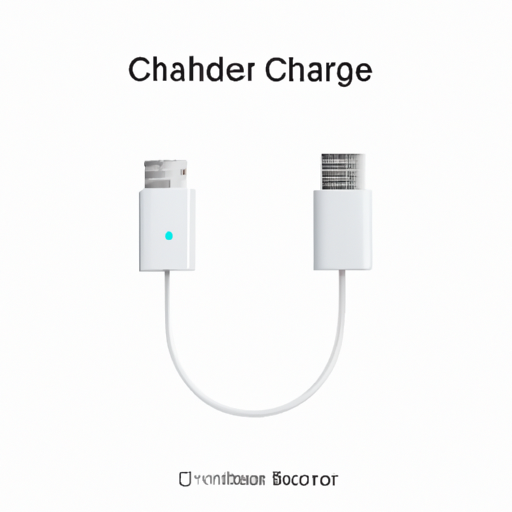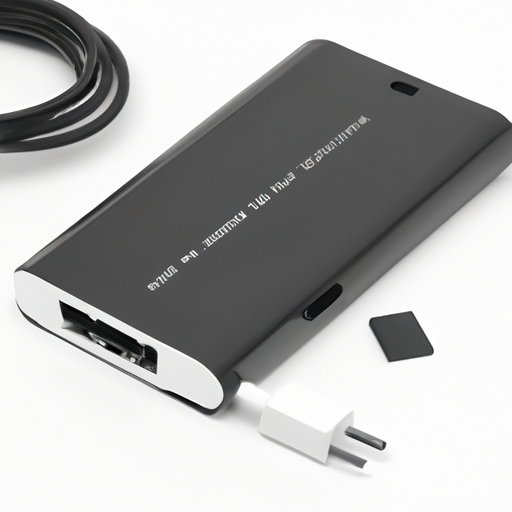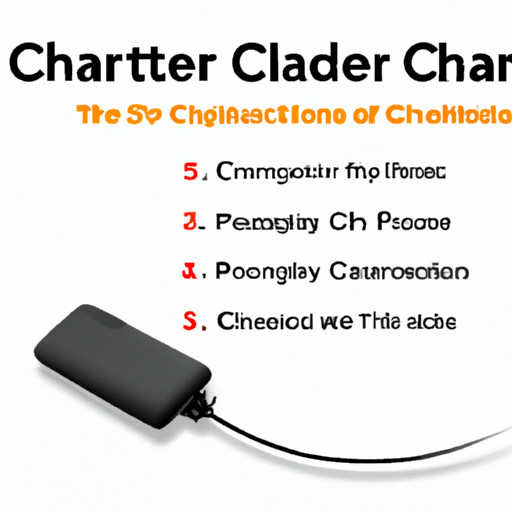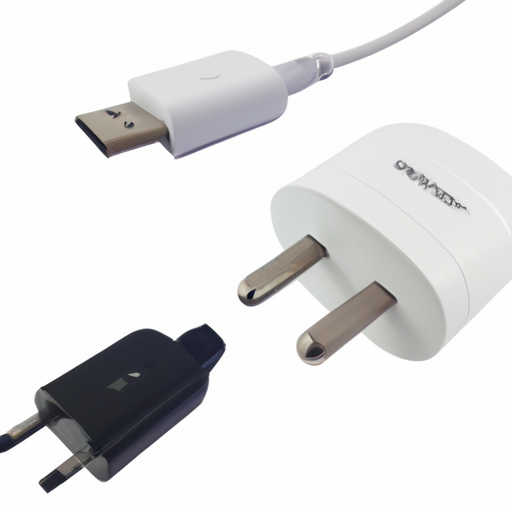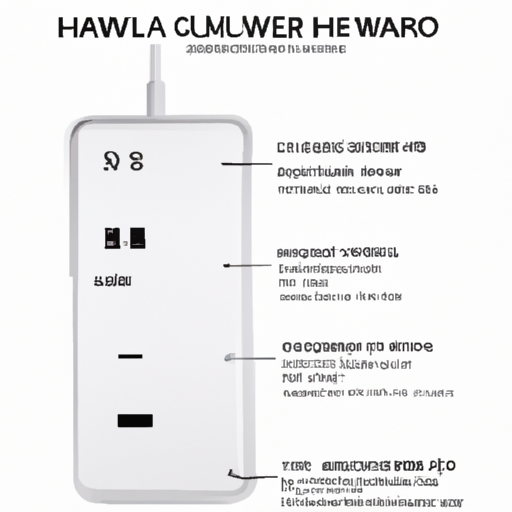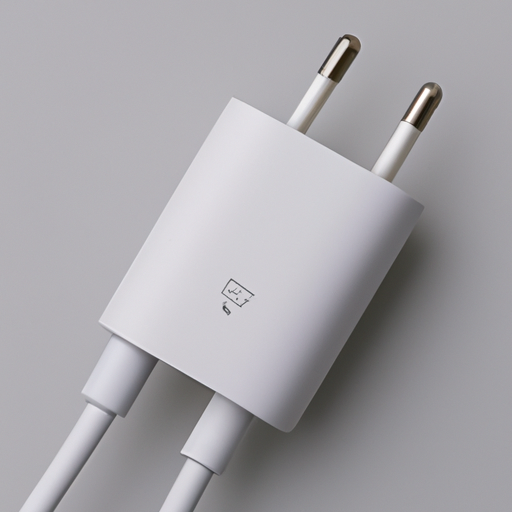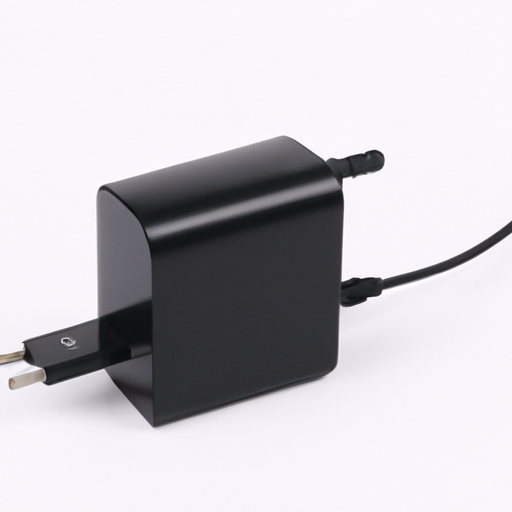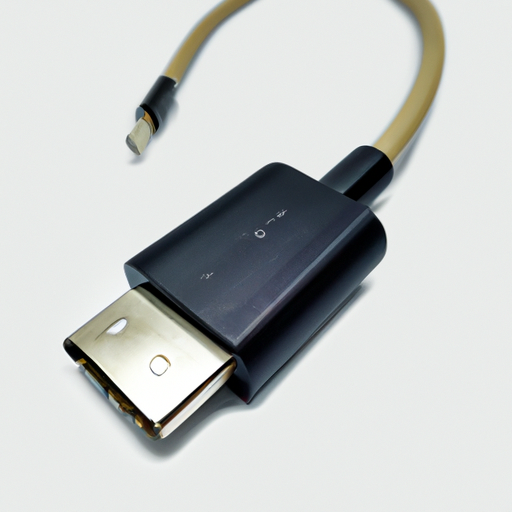How Does a USB-C Charger Work?
I. Introduction
In the ever-evolving landscape of technology, USB-C has emerged as a game-changer in the realm of charging and data transfer. This versatile connector has become the standard for many devices, from smartphones and laptops to tablets and peripherals. Understanding how USB-C chargers work is essential for anyone looking to maximize their device's performance and efficiency. This article aims to demystify USB-C technology, exploring its evolution, components, functionality, advantages, and limitations.
II. The Evolution of USB Technology
A. Brief History of USB Standards
The Universal Serial Bus (USB) standard has undergone significant transformations since its inception in the mid-1990s. USB 1.0, introduced in 1996, allowed for data transfer speeds of up to 1.5 Mbps. This was followed by USB 2.0 in 2000, which increased speeds to 480 Mbps. The introduction of USB 3.0 in 2008 brought even faster data transfer rates, reaching up to 5 Gbps.
However, the most revolutionary change came with the introduction of USB-C in 2014. This new standard not only improved data transfer speeds but also redefined the way we connect and charge our devices.
B. Key Features of USB-C
USB-C is characterized by several key features that set it apart from its predecessors:
1. **Reversible Design**: Unlike previous USB connectors, USB-C connectors can be plugged in either way, eliminating the frustration of trying to insert the cable the right way.
2. **Increased Data Transfer Speeds**: USB-C supports data transfer rates of up to 10 Gbps with USB 3.1 and even higher with USB 3.2 and USB4 standards.
3. **Enhanced Power Delivery Capabilities**: USB-C can deliver up to 100 watts of power, making it suitable for charging a wide range of devices, from smartphones to laptops.
III. Components of a USB-C Charger
A. USB-C Connector
The USB-C connector is designed with a symmetrical shape, allowing for easy insertion. It features 24 pins, which are used for both data transfer and power delivery. This design ensures compatibility with various devices, making it a universal solution for charging and connectivity.
B. Power Delivery (PD) Protocol
Power Delivery (PD) is a protocol that allows devices to negotiate power requirements. When a USB-C device is connected to a charger, both the charger and the device communicate to determine the optimal voltage and current for charging. This negotiation process ensures that devices receive the appropriate amount of power, enhancing charging efficiency and safety.
C. Charger Circuitry
Inside a USB-C charger, several internal components work together to convert AC power from the wall outlet into the DC power required by devices. Key components include:
1. **Transformers**: These convert high-voltage AC power into lower-voltage DC power.
2. **Capacitors**: These store and smooth out the electrical energy, ensuring a stable output.
3. **Safety Features**: Modern USB-C chargers are equipped with safety mechanisms such as overcurrent protection and thermal management to prevent overheating and damage to devices.
IV. How USB-C Charging Works
A. Establishing a Connection
When you plug a USB-C connector into a device, the first step is establishing a connection. The device recognizes the charger and initiates a negotiation process. This involves the exchange of information about the device's power requirements and the charger's capabilities.
B. Power Transfer Process
Once the negotiation is complete, the power transfer process begins. The charger and device agree on the optimal voltage and current levels. For example, a laptop may require 20 volts at 5 amps, while a smartphone may only need 5 volts at 2 amps. This dynamic negotiation allows for efficient charging, ensuring that devices receive the right amount of power without overloading.
C. Data Transfer Capabilities
One of the standout features of USB-C is its ability to facilitate simultaneous charging and data transfer. This means you can charge your device while transferring files, making it a convenient option for users. The high data transfer speeds of USB-C also enable quick file transfers, enhancing productivity.
V. Advantages of USB-C Chargers
A. Universal Compatibility
One of the most significant advantages of USB-C is its universal compatibility. Many modern devices, including smartphones, tablets, laptops, and peripherals, now use USB-C connectors. This means you can use a single charger for multiple devices, reducing the need for various cables and chargers.
B. Faster Charging Speeds
USB-C chargers offer faster charging speeds compared to previous USB standards. With the ability to deliver up to 100 watts of power, USB-C can charge devices much more quickly. For instance, a laptop that previously took hours to charge with a standard USB charger can now be charged in a fraction of the time.
C. Simplified User Experience
The introduction of USB-C has simplified the user experience significantly. With a single cable type for multiple devices, users can reduce clutter and confusion. The reversible design also eliminates the hassle of trying to figure out which way to plug in the connector.
VI. Limitations and Considerations
A. Compatibility Issues
While USB-C is designed to be universal, compatibility issues can still arise. Older devices may require adapters to connect to USB-C chargers, and not all USB-C devices support the same charging speeds. Users should be aware of these limitations when purchasing new devices or accessories.
B. Quality of Cables and Chargers
The quality of USB-C cables and chargers can vary significantly. It is crucial to use certified products to ensure safety and performance. Non-certified accessories may not provide the necessary power delivery or could pose risks such as overheating or damage to devices.
C. Future Developments in USB Technology
As technology continues to advance, USB-C is likely to evolve further. Potential advancements may include even faster data transfer speeds and improved power delivery capabilities. Emerging standards and protocols, such as USB4, promise to enhance the functionality of USB-C, making it an even more integral part of our tech ecosystem.
VII. Conclusion
In summary, USB-C chargers represent a significant advancement in charging and data transfer technology. With their universal compatibility, faster charging speeds, and simplified user experience, USB-C has become the go-to standard for modern devices. Understanding how USB-C chargers work can help users make informed decisions about their technology and embrace the benefits of this innovative connector. As we look to the future, USB-C is poised to play a crucial role in shaping the way we connect and power our devices.
VIII. References
For further reading on USB-C technology and specifications, consider exploring the following resources:
1. USB Implementers Forum (USB-IF) - [USB-C Specifications](https://www.usb.org)
2. Technical documentation on Power Delivery - [Power Delivery Specification](https://www.usb.org/documents)
3. Reviews and comparisons of USB-C chargers and cables on tech websites.
By understanding the intricacies of USB-C technology, users can fully leverage its capabilities and enjoy a more efficient and streamlined tech experience.

